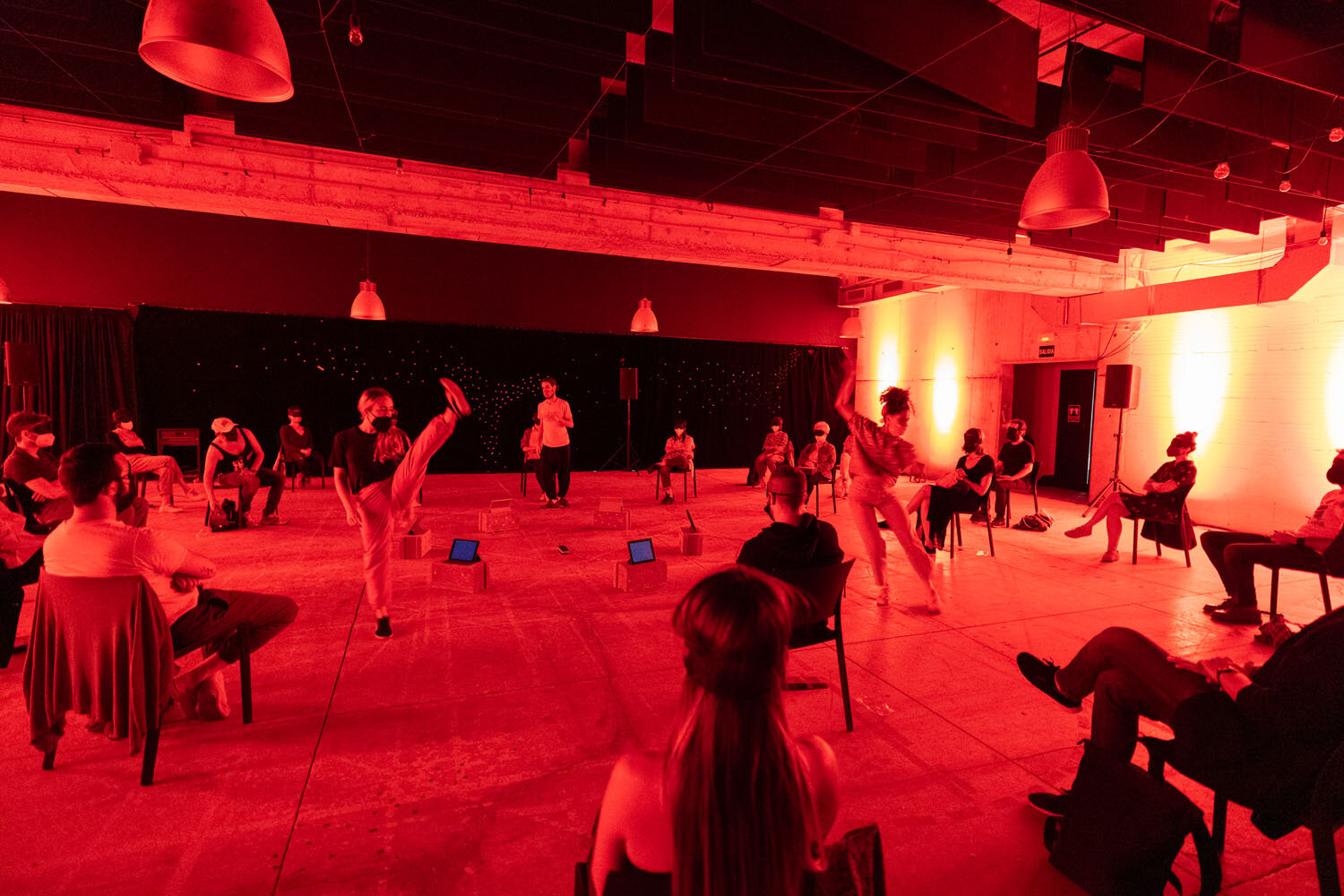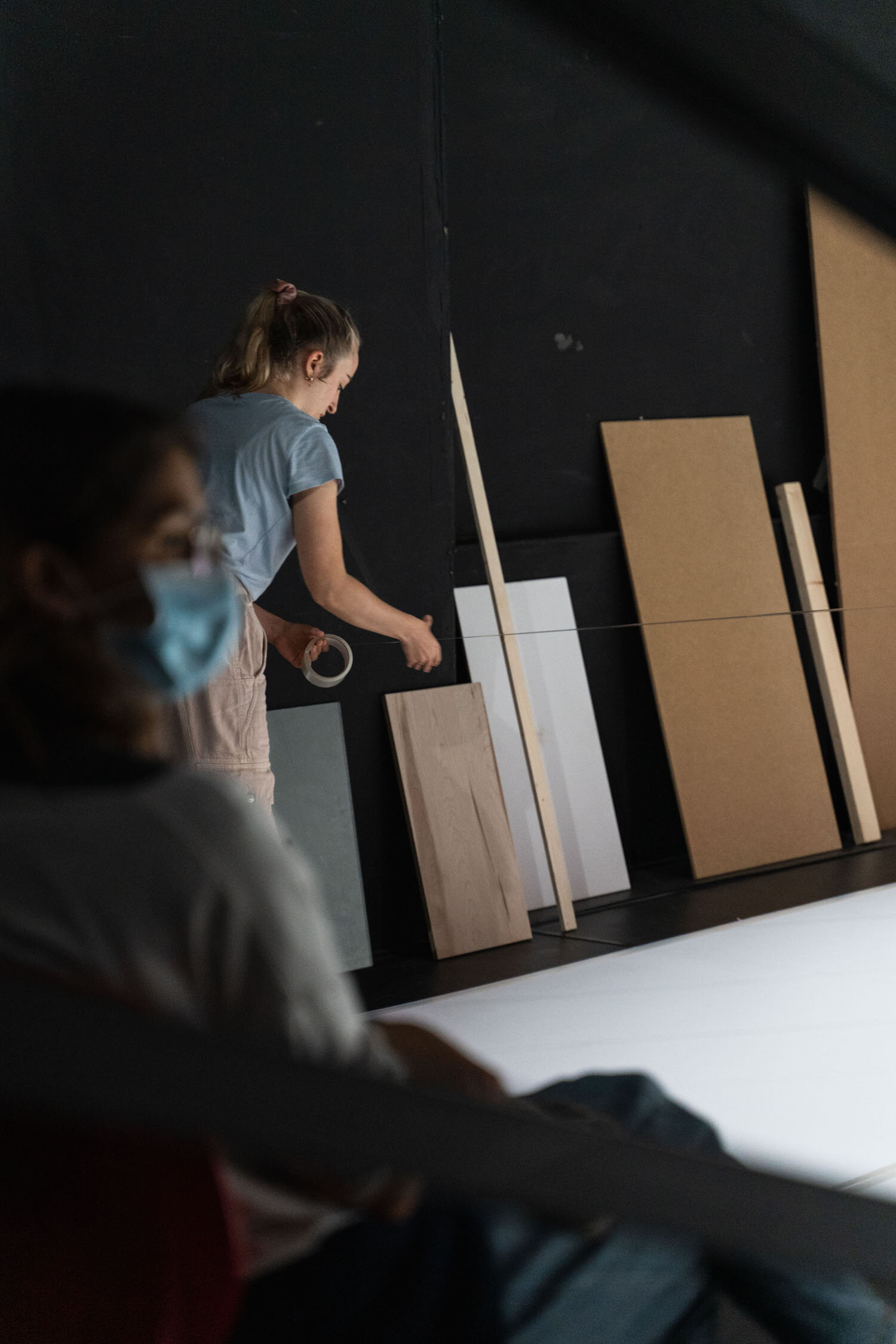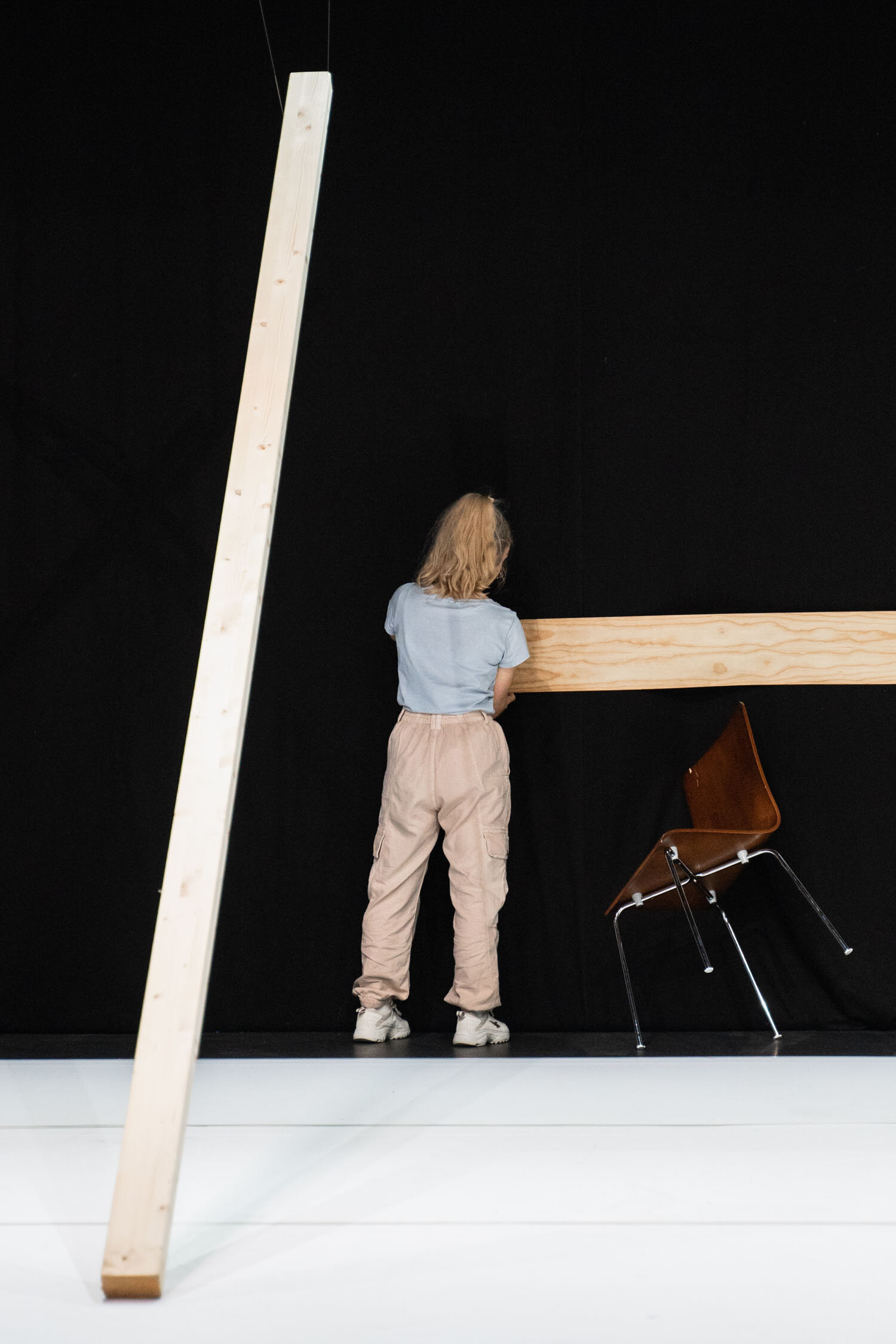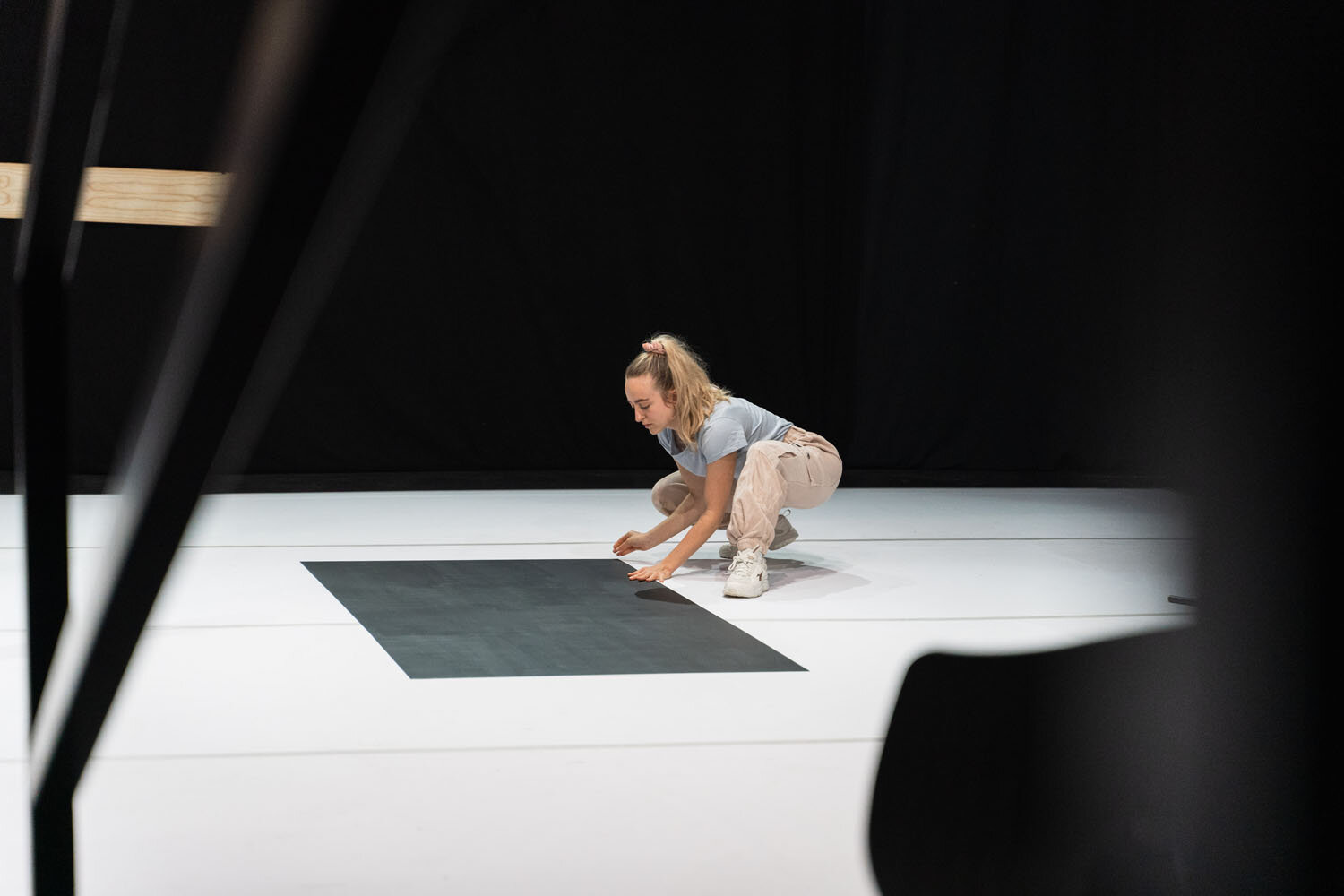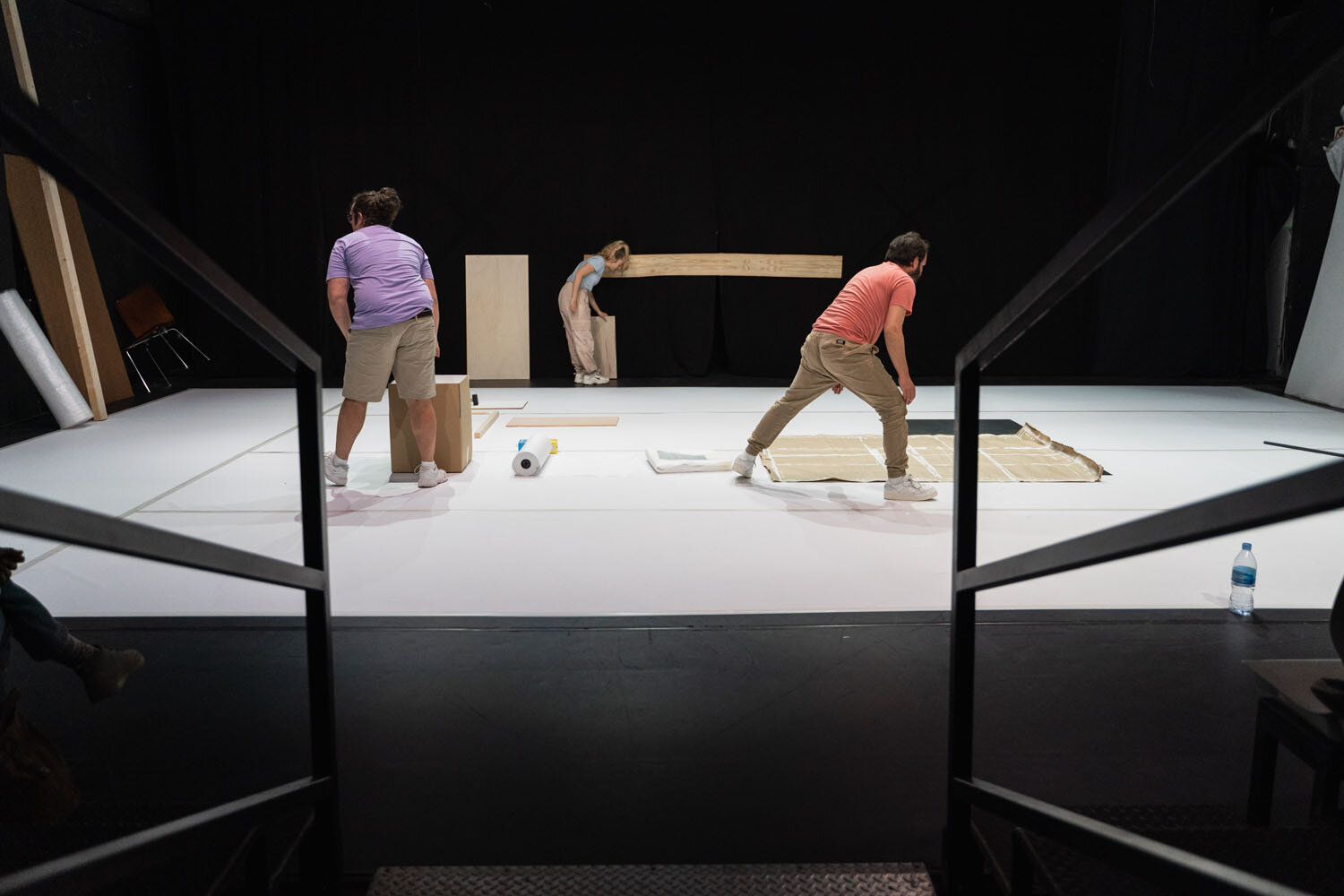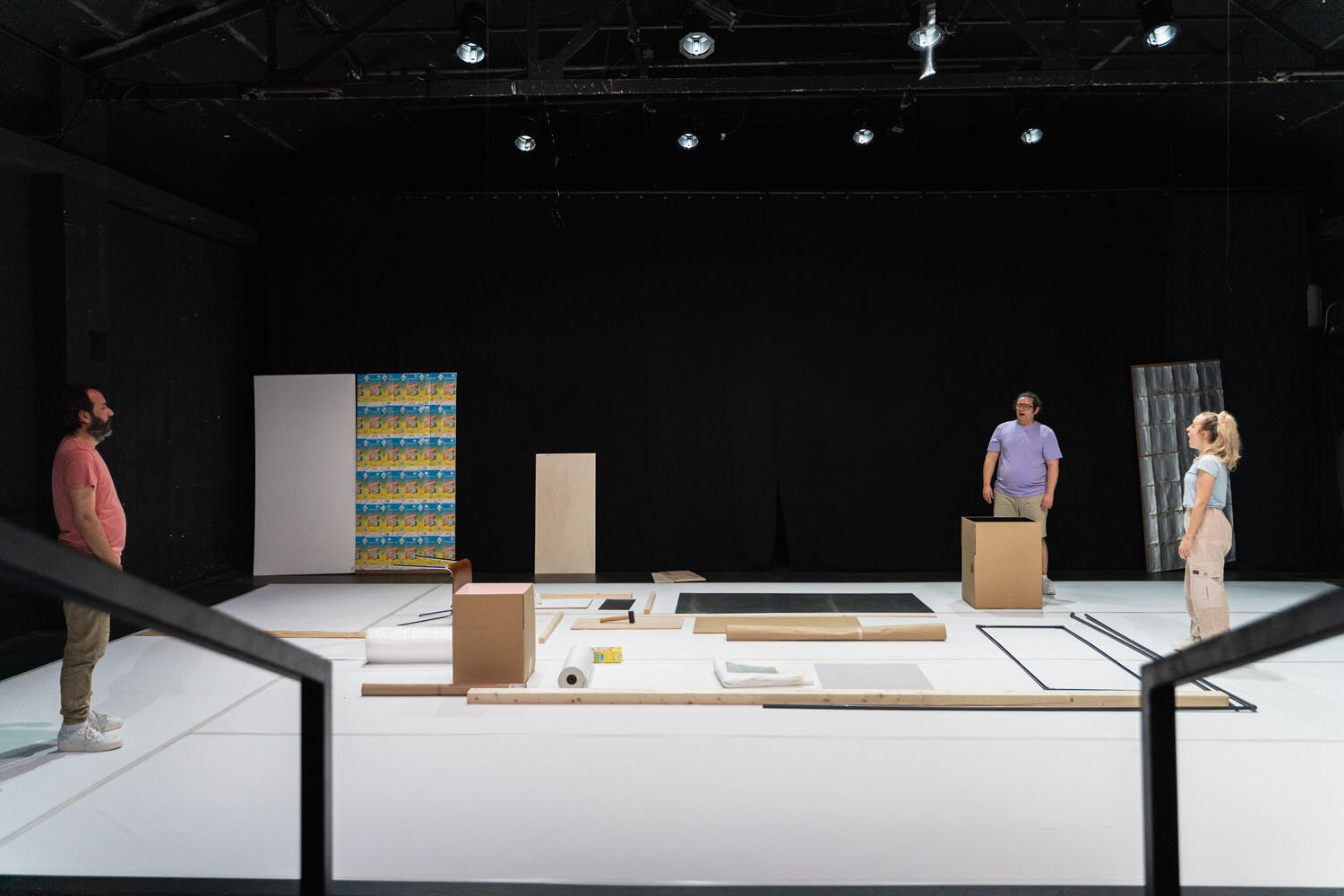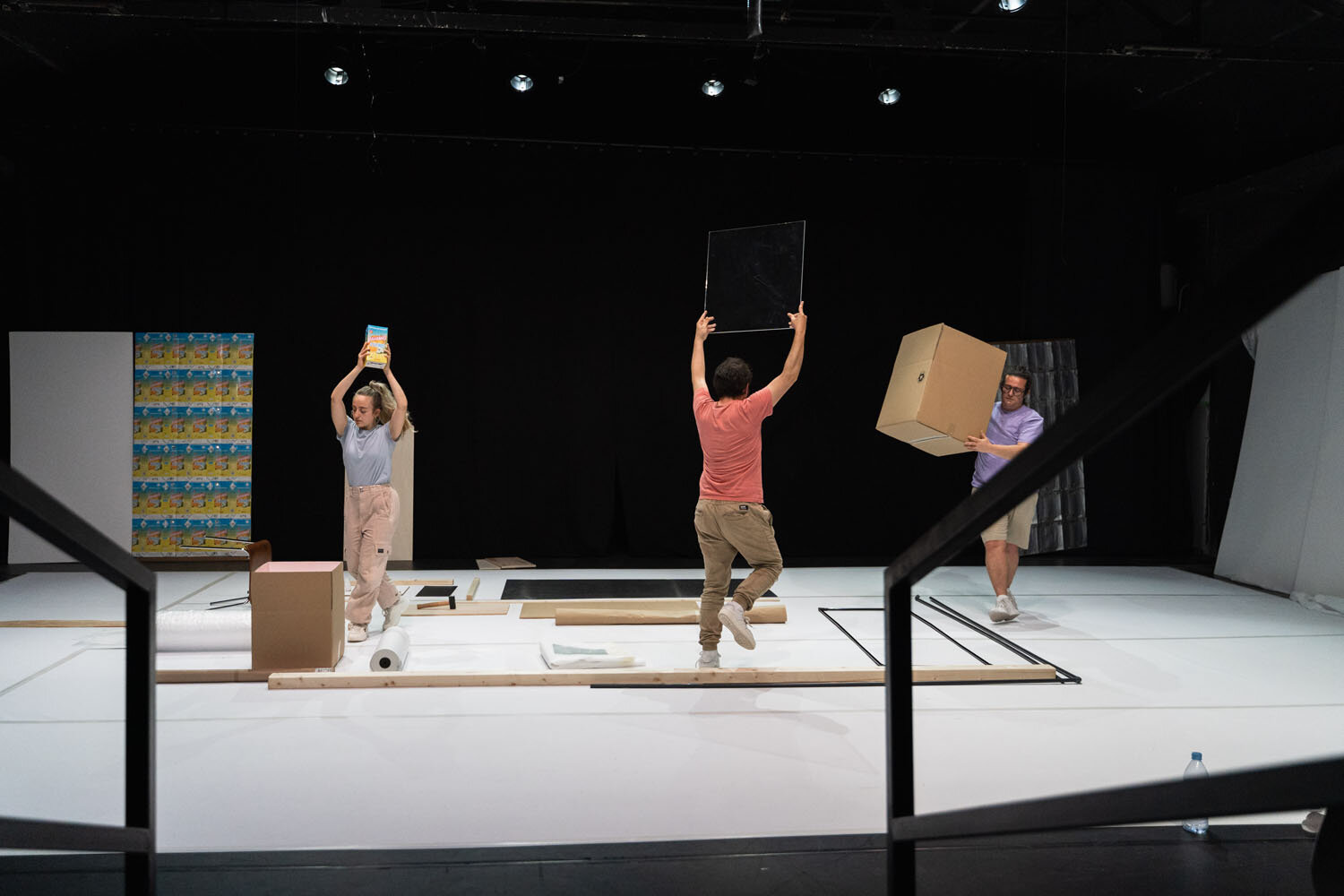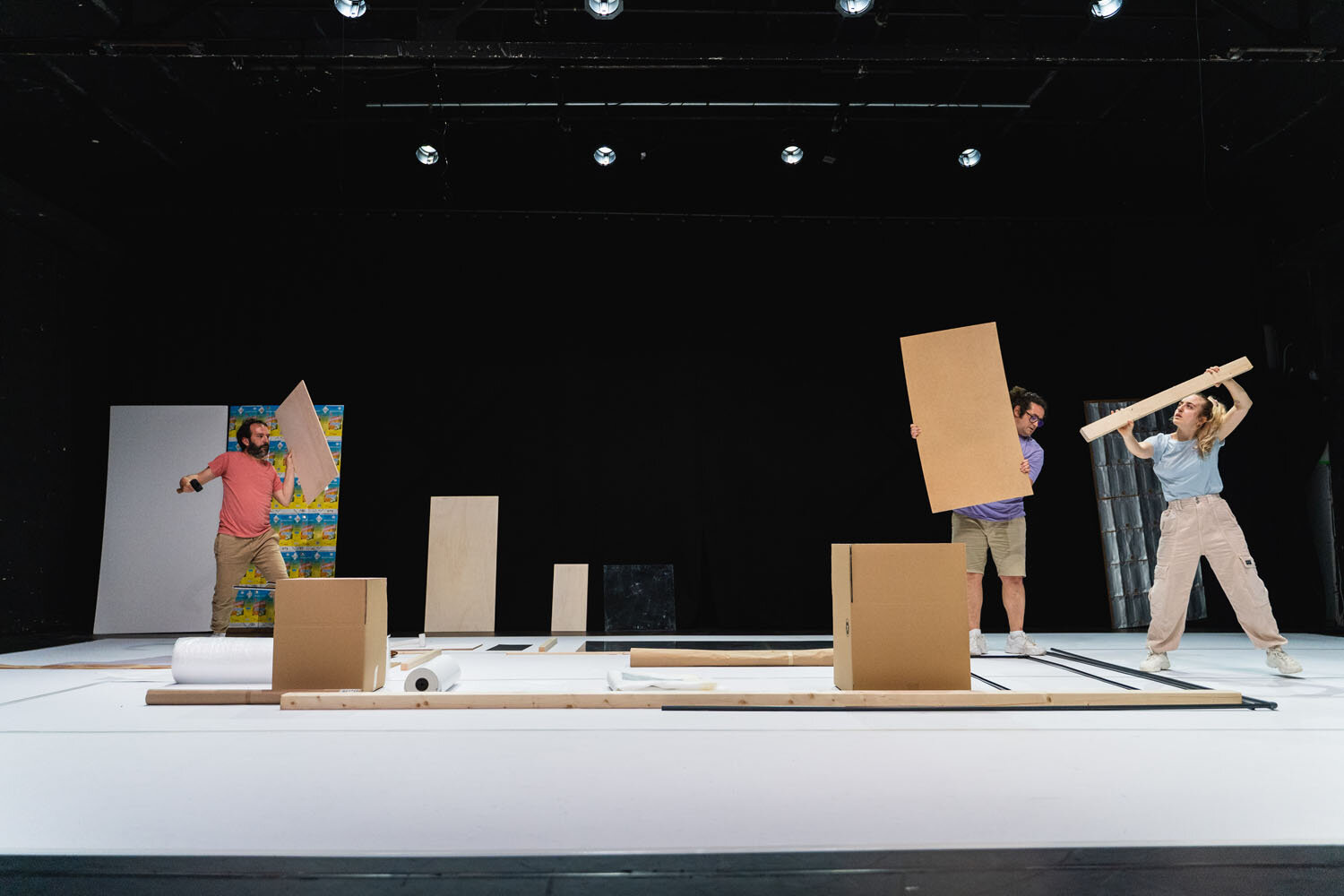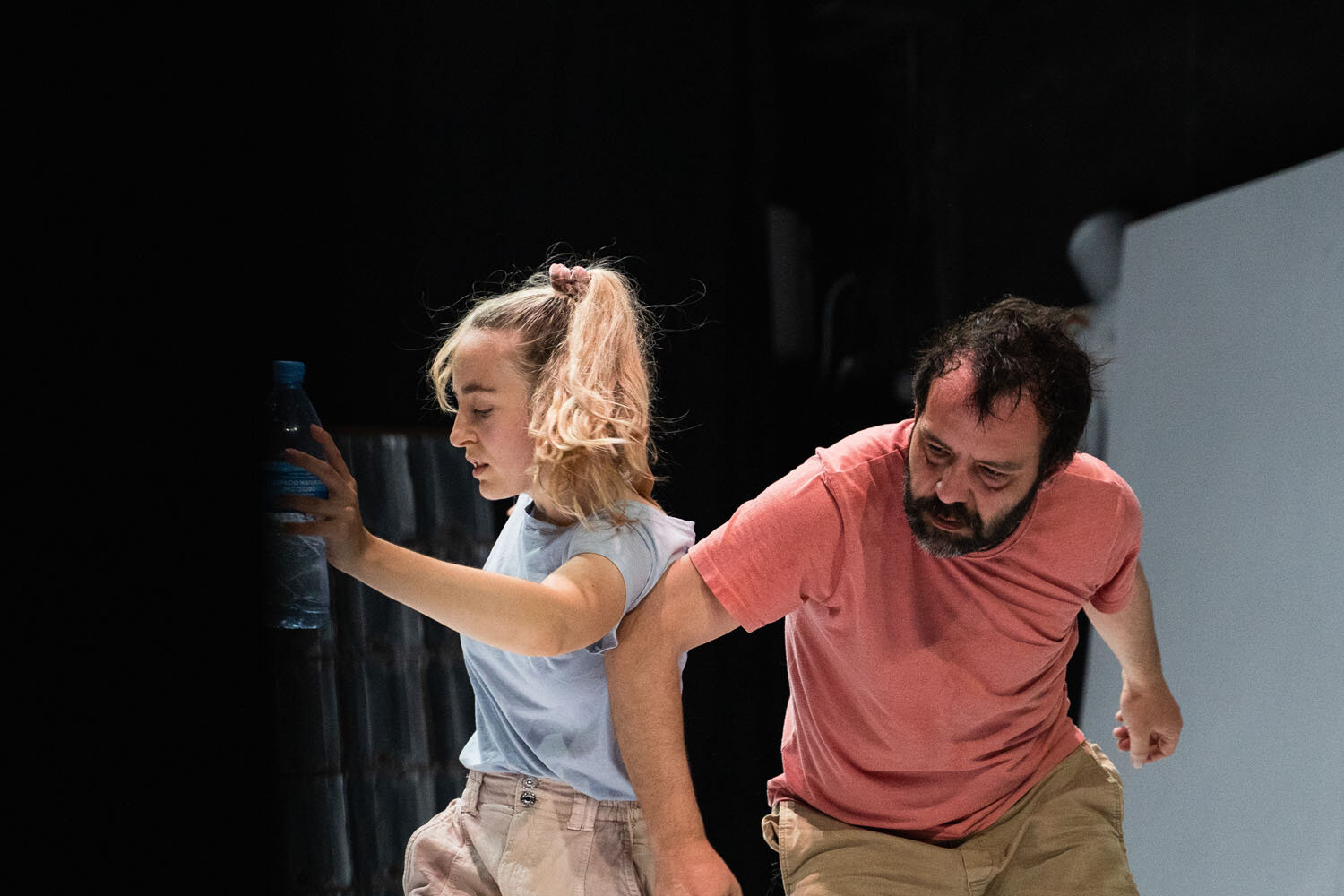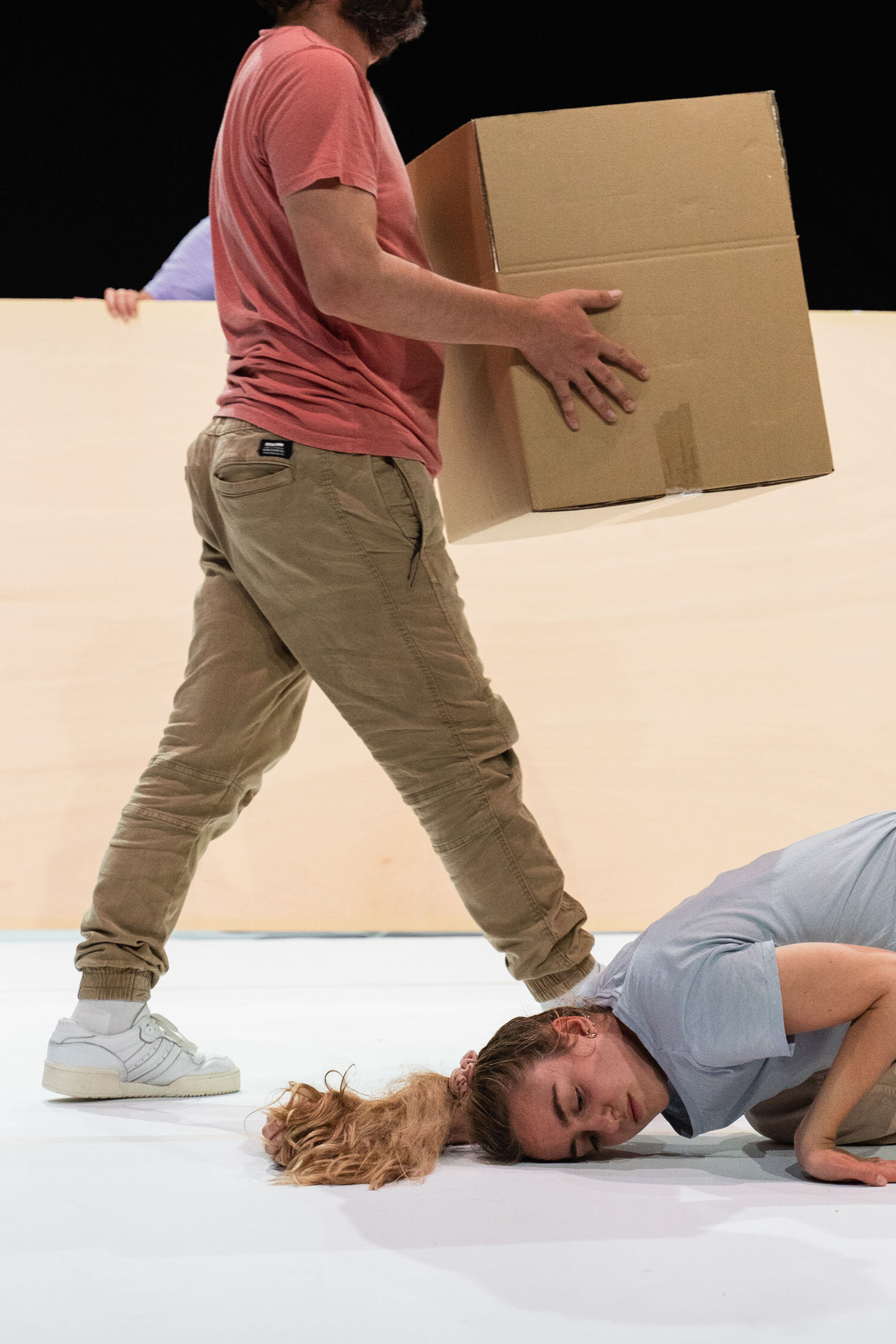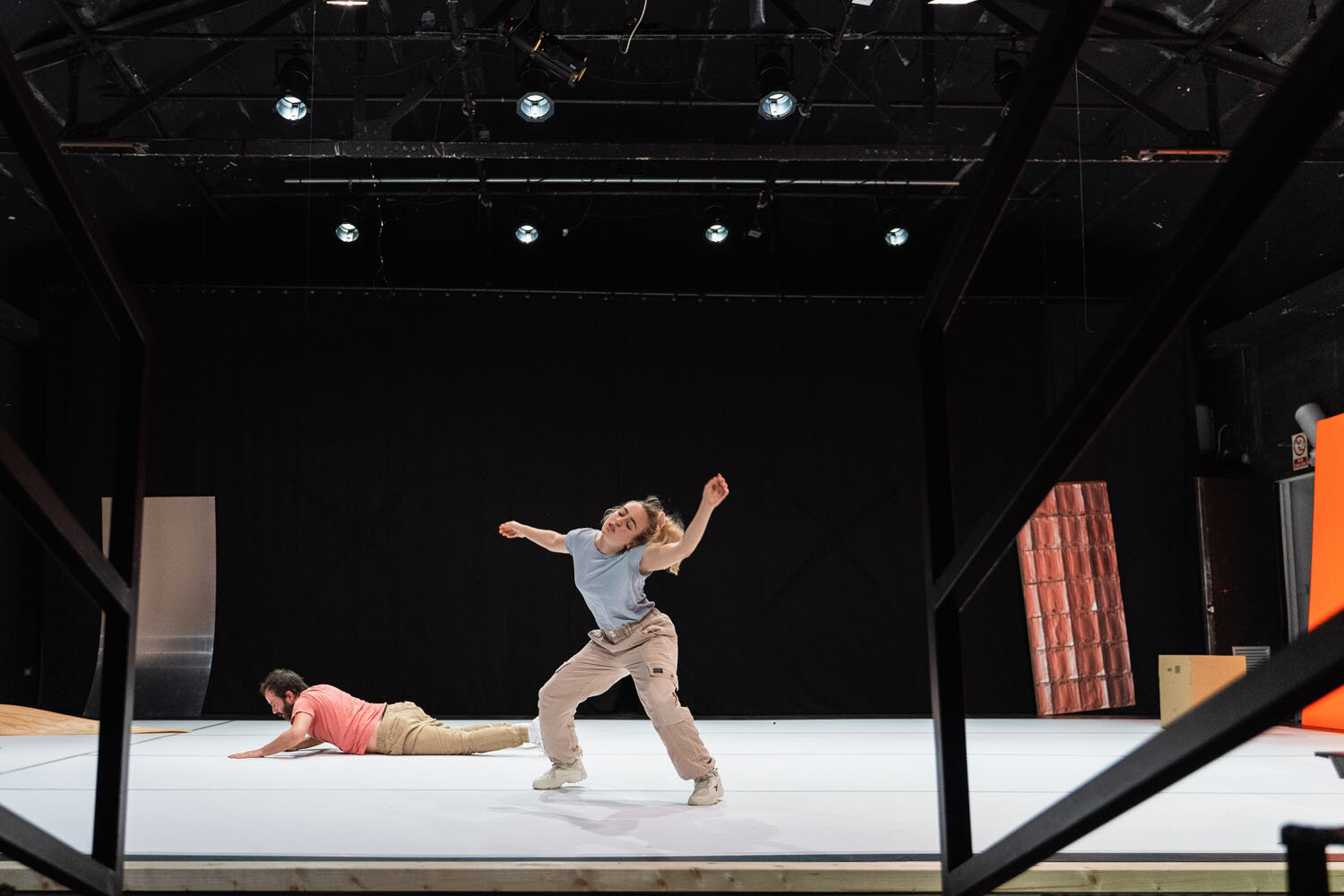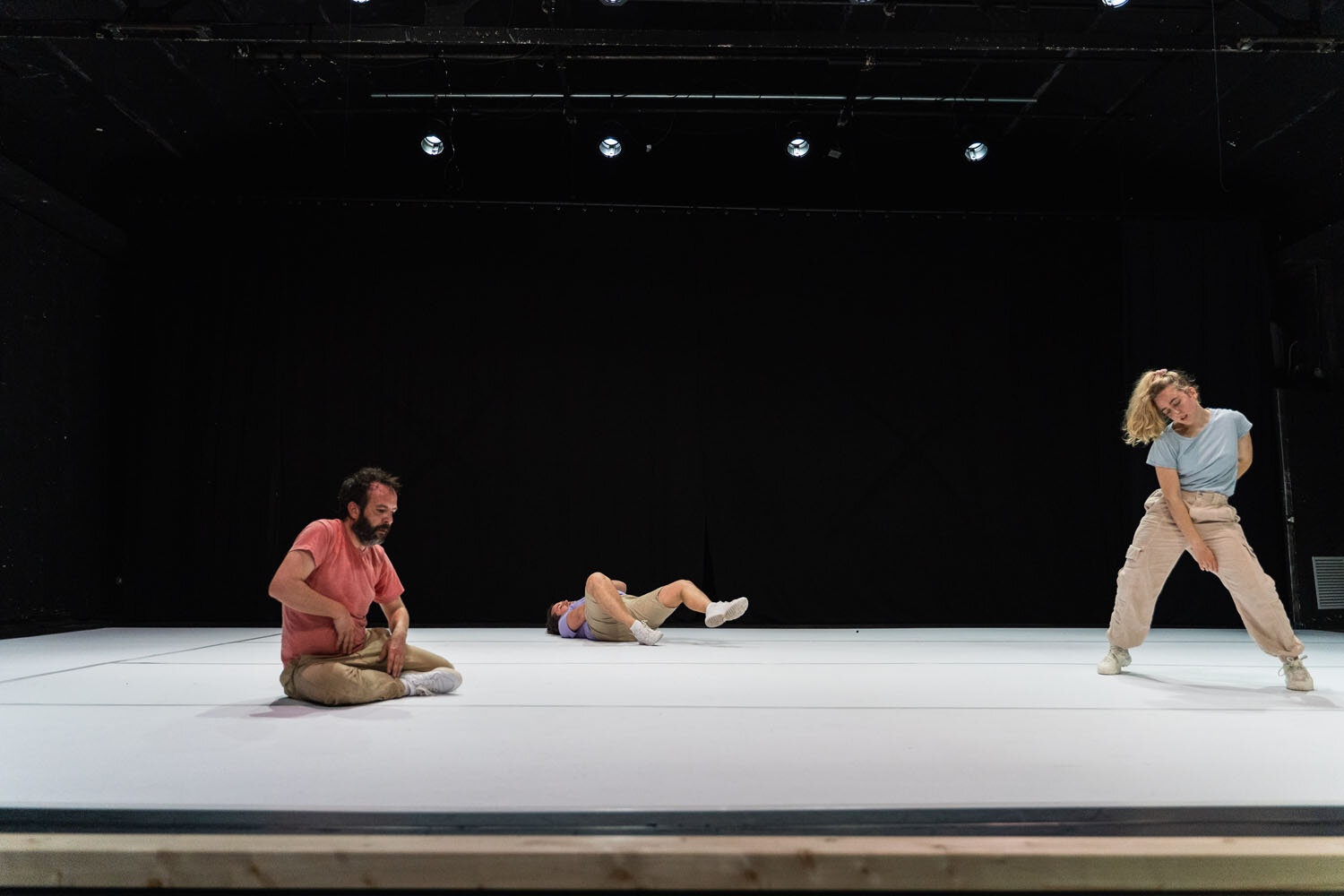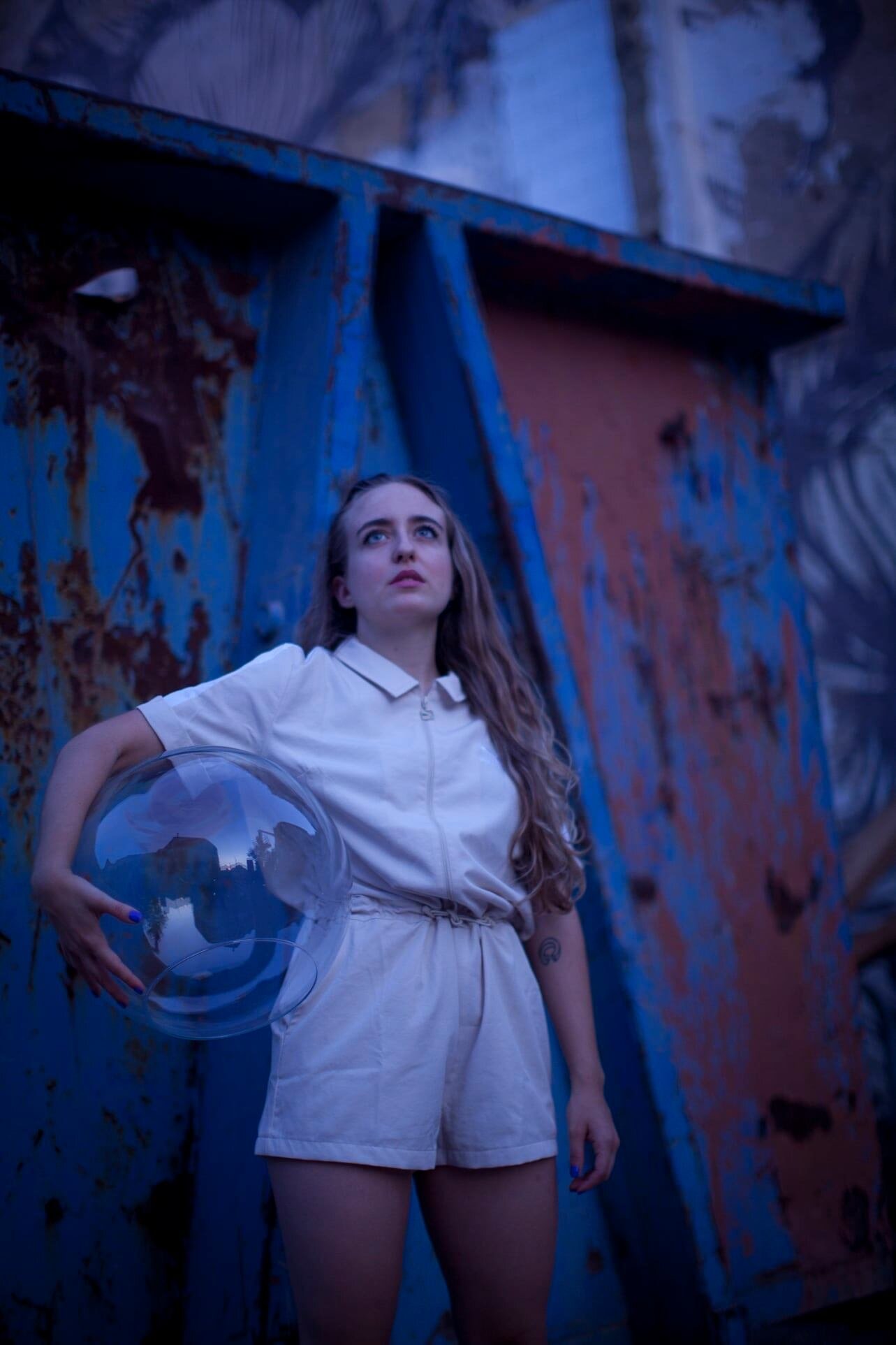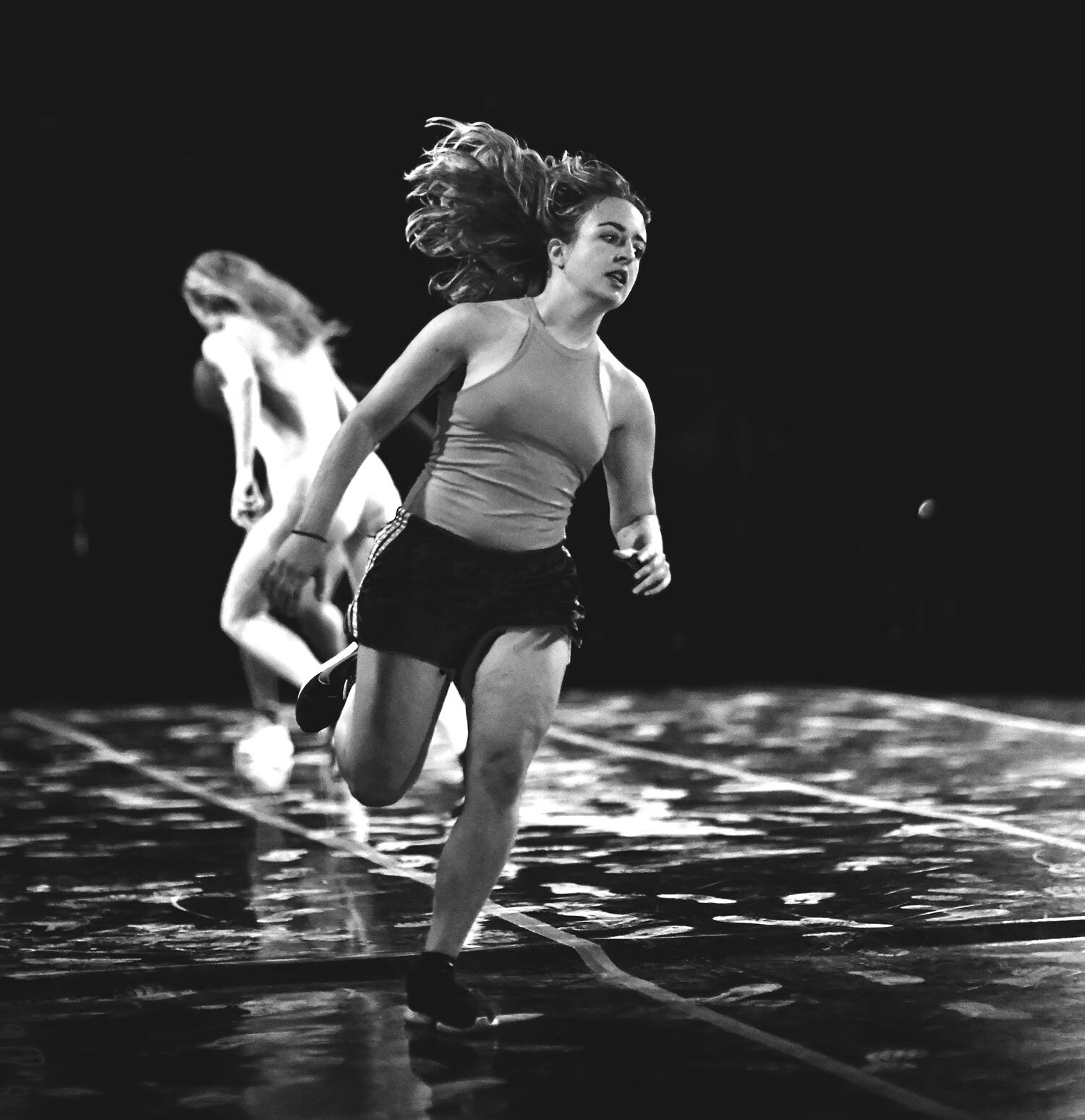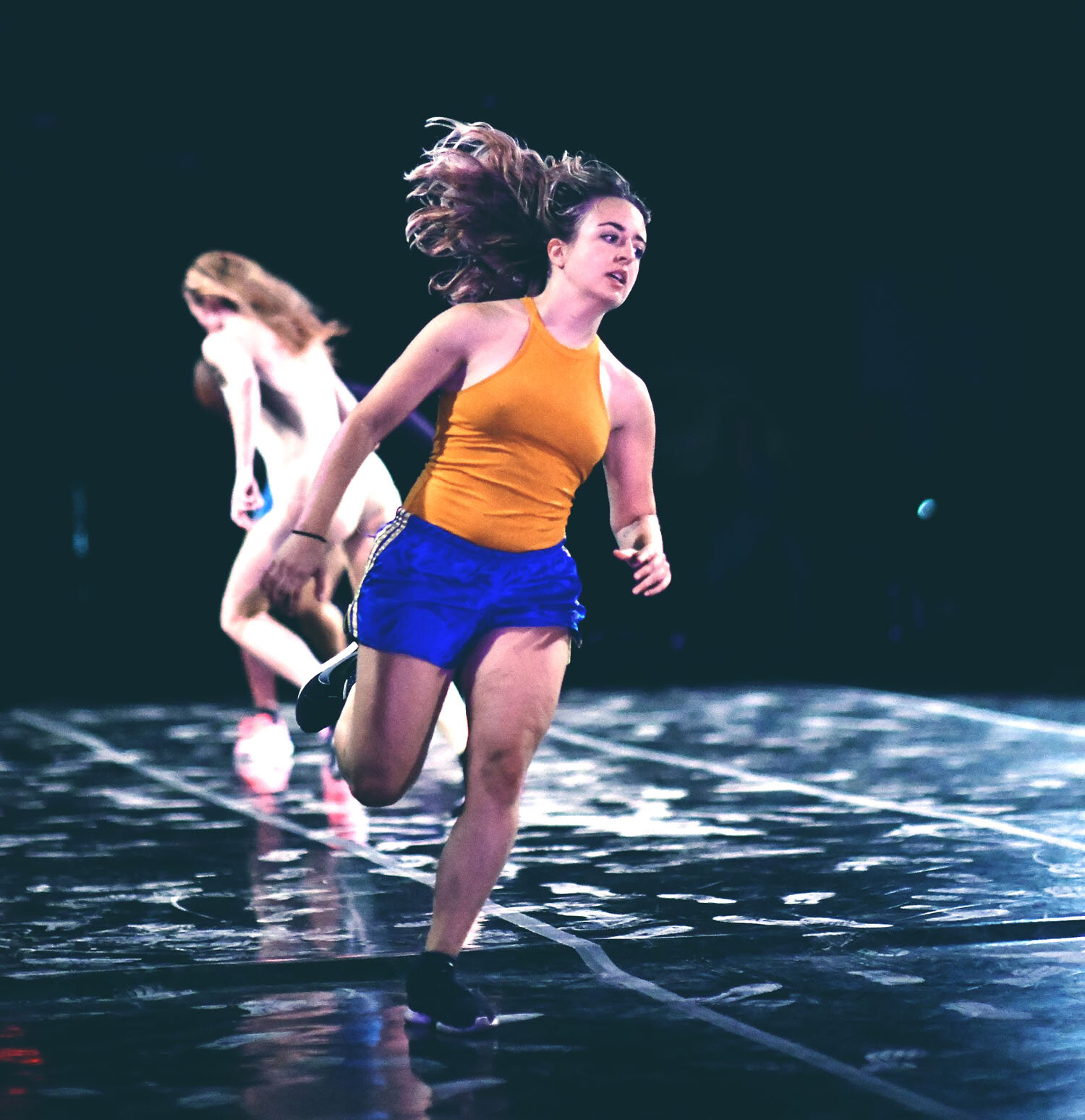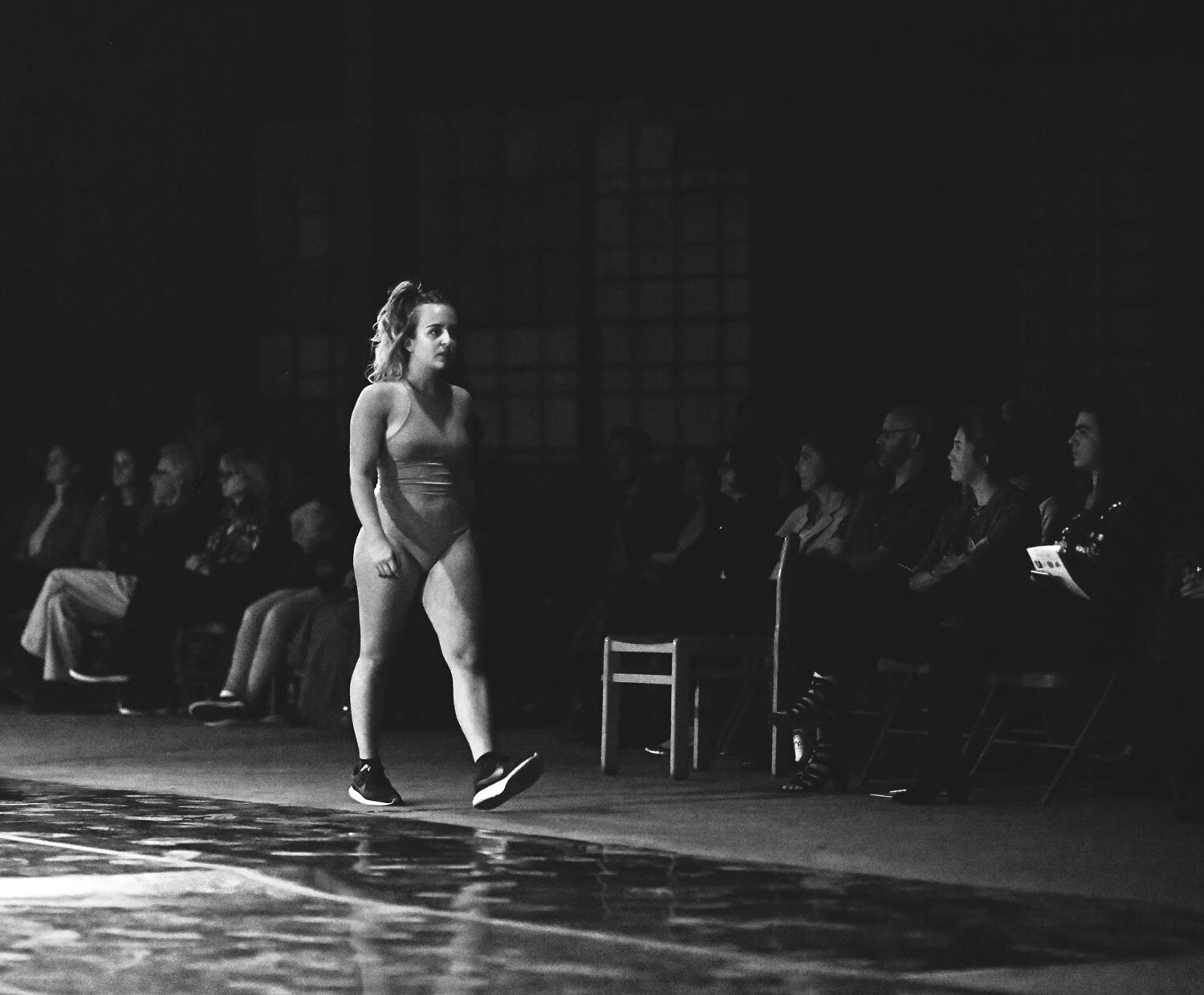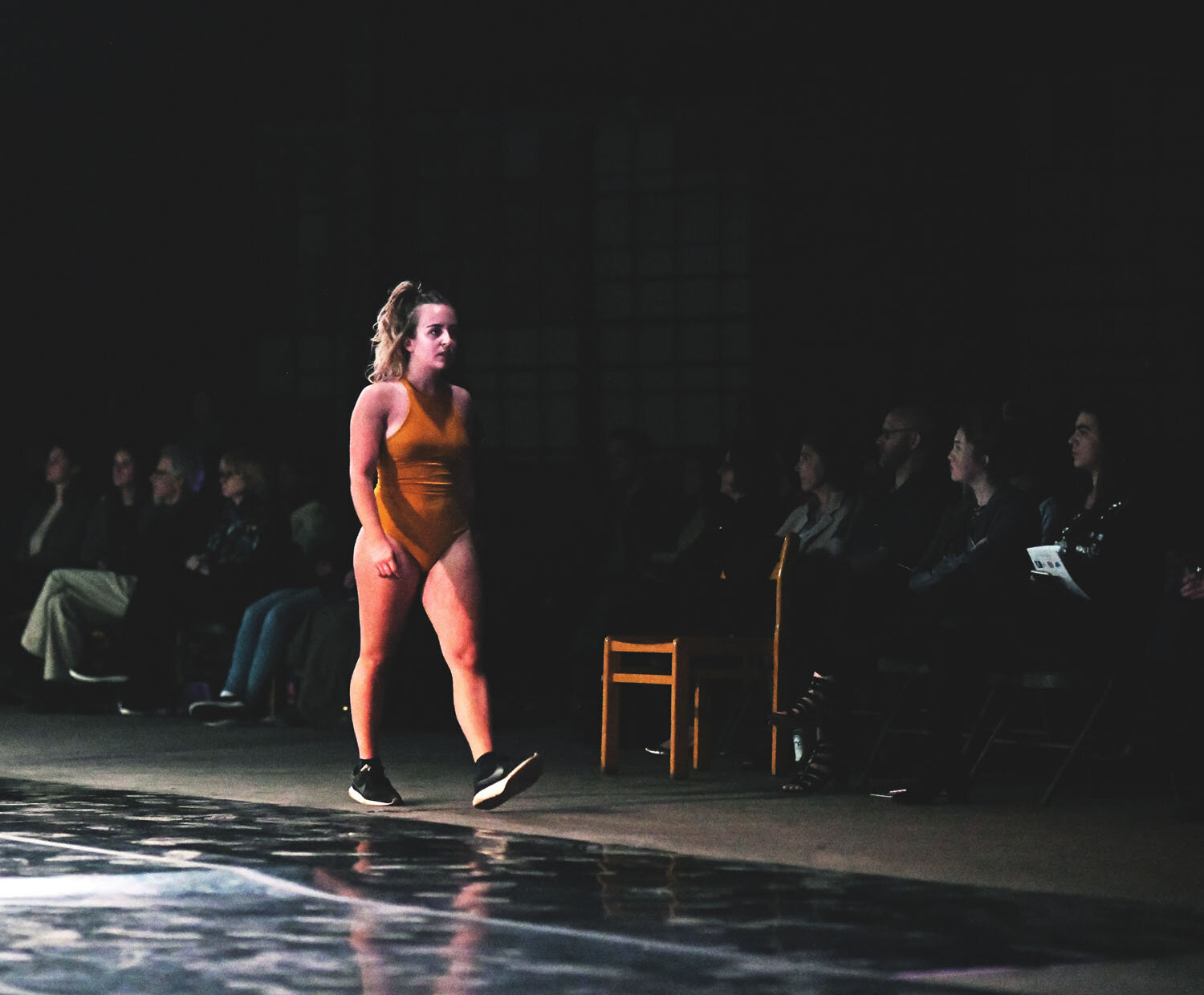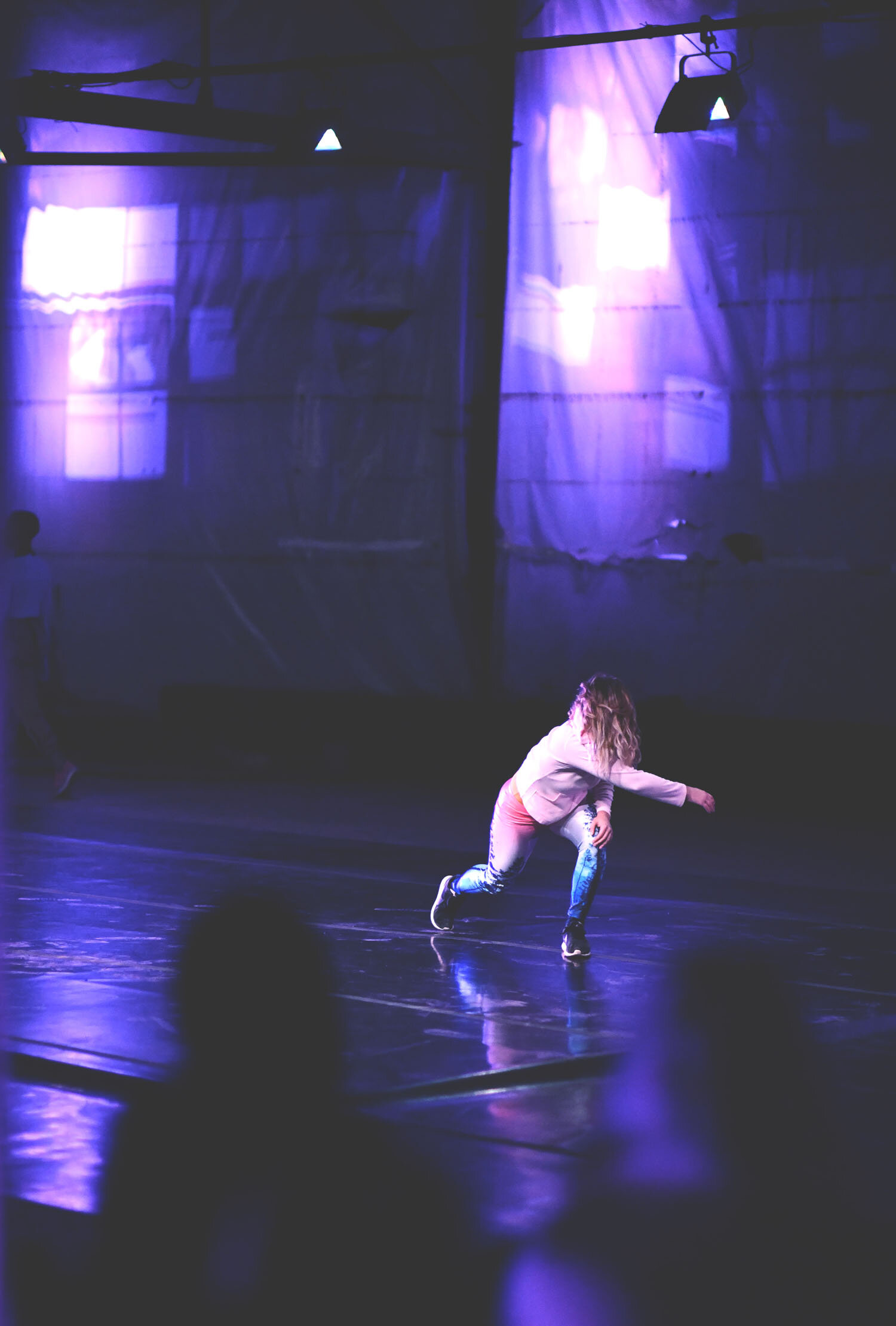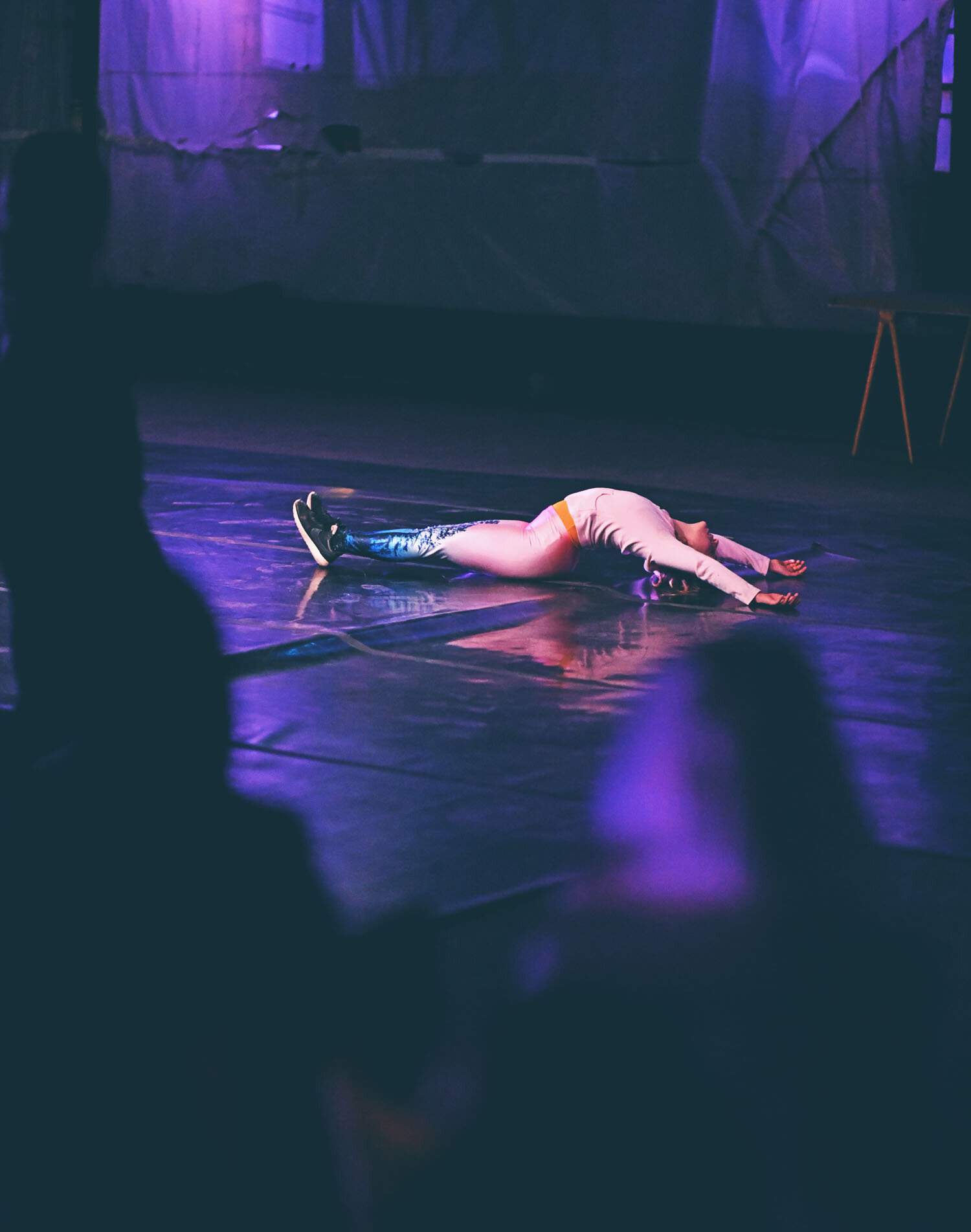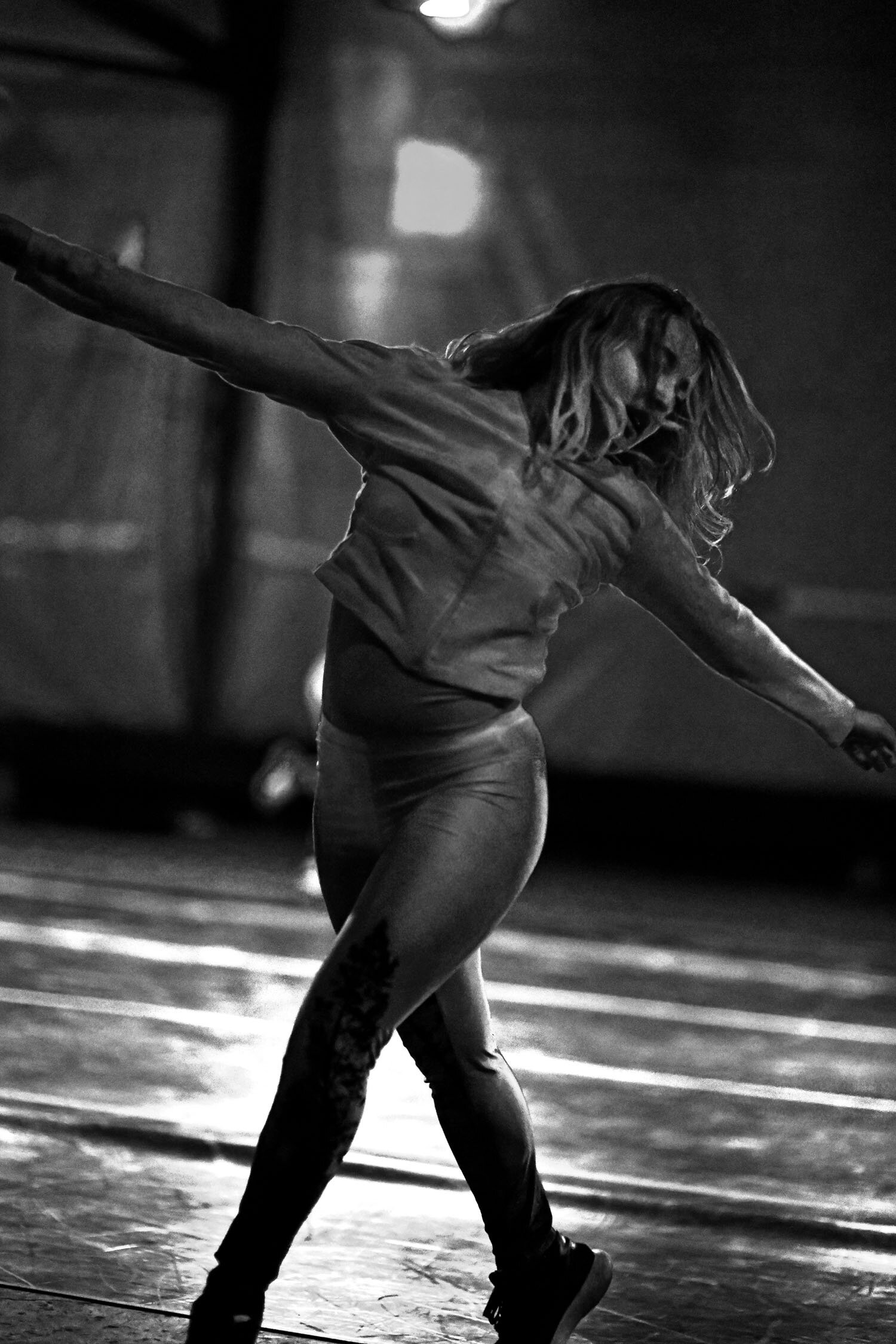A few weeks ago, we received an invitation from the Festival 10 Sentidos (the Festival of the 10 Senses) to create a working group. This was a get-together of 7 local creators to investigate in a moment as delicate as this. The festival proposed its concept for this year: the border. Around this vast issue, we have debated about the micro and the macro, about the physical and the mental, and about how much we want, naturally, to always contact the other to suppress all borders—even more so right now in this worldwide climate.
Around these questions, we asked ourselves, “How can we really contact someone when we can't even touch?”
On May 18th and 19th, part of the materials we have been testing and developing will be shared with the simple desire to connect with others. In other words, we are not to assume that the general public is strictly there to see us, but rather, from time to time, some people are in the same space to share time, and they call it theater or dance. They come together to wonder if what they feel is being felt by others, if what is happening to them is happening to everyone, and if the small individual borders are insurmountable or if there is, from time to time, the magic of telepathy.
Text by: Celso Giménez
Participants: Celso Giménez, Inka Romaní, Eva Rausell, María Tamarit, Javier Hedrosa, Jesús Muñoz, and Héctor Arnau
Sound Engineer: Adolfo García
Production: Isabel Puig
A collaborative performance co-produced by Festival 10 Sentidos and Rambleta.


